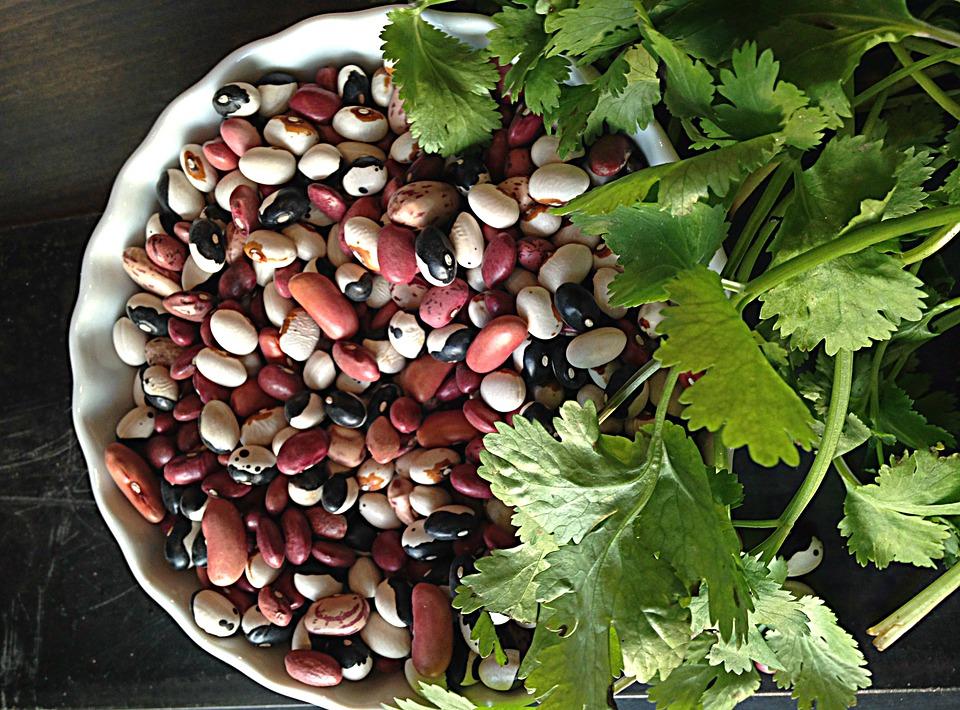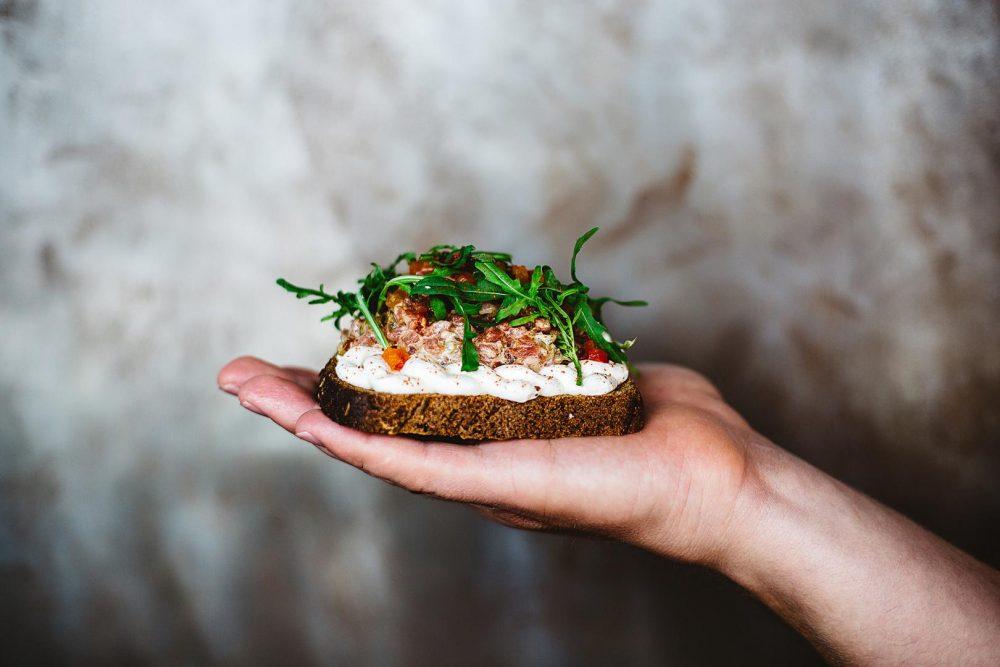You Probably Have A Food Intolerance And Don’t Even Know It

Pexels
Just because you can comfortably stomach dairy and gluten doesn’t mean you’re 100 percent in the clear when it comes to food intolerances. Every food interacts with the digestive system in a unique way, and food intolerances are notoriously difficult to diagnose due to the time it can take for symptoms to appear and how varied symptoms can be. Plus, a lot of us don’t fully understand what a food intolerance really is, especially when compared to full-blown food allergies.
Up to 10 percent of people deal with food intolerances but don’t do anything about it. On a very basic level, food intolerance simply refers to a person’s difficulty in digesting certain foods. Unlike with a food allergy, the immune system isn’t triggered so there is no histamine response. But that doesn’t mean food intolerances don’t come with their fair share of symptoms and discomfort.

Flickr/Mislav Marohnić
How can you tell if you’re experiencing a food intolerance reaction?
Unfortunately, it can be difficult to tell for sure. Symptoms vary widely and can begin anywhere from a few hours after consuming the offending food to a full two days later, and the effects can last anywhere from hours to days. (We know, those timeframes really don’t help us nail down much.)
The most common (and obvious) symptoms are the digestive ones, including a stomach ache, bloating, gas, constipation, irritable bowels and diarrhea. Pretty, we know. They can also mimic a cold with a cough, runny nose, joint aches and feeling under the weather in general. Some people struggle with dermatological symptoms like breakouts, hives and even eczema. And lastly, fatigue, headaches and migraines are commonly associated with food intolerances.

Pixabay
What are the most common food intolerances?
The most common food intolerance is lactose intolerance, which is connected to the sugar found in milk and dairy products. Additives in processed foods like sulphites, tartrazine and benzoates are also known to cause adverse reactions in many people, as well as natural compounds like caffeine. And of course, we can’t forget about our old friends wheat and gluten. Others you might not expect include eggs, alcohol, soy, corn, legumes and cabbage.

Flickr/Mila Yerokhova
What’s the best way to navigate around food intolerances?
If you think you might have a food intolerance, try keeping a food diary so you can map out what you eat at what times and see where the symptoms potentially connect. From there, carefully eliminate the foods in your diet you think are to blame for two weeks to two months, or until you feel like your problematic symptoms have subsided and are not recurring. Then you can slowly reintroduce one food at a time to figure out which foods specifically don’t sit well with you and stay away from them in the future.
Now, eliminating a particular legume and eliminating an entire food group are very different things. If you find out you’re lactose intolerant or gluten intolerant, it might be best to seek help from a professional dietitian in reworking your diet in ways that are manageable on a daily basis and keep your body nourished properly.











